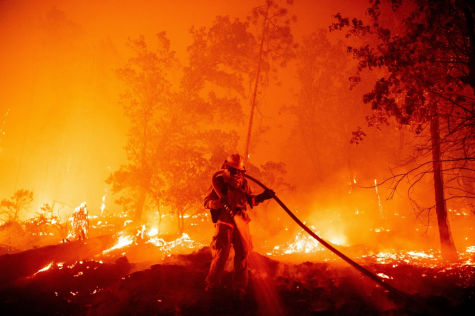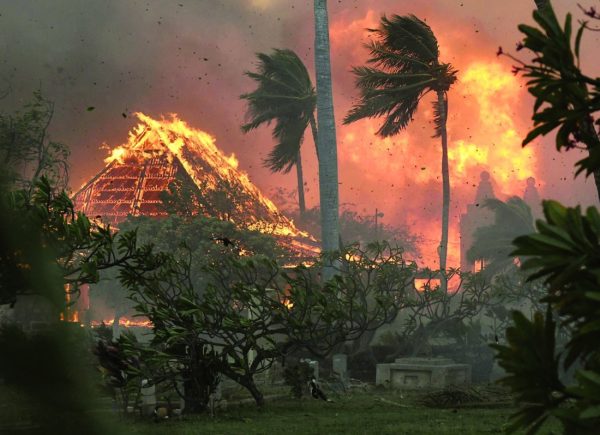California Wildfires and Climate Change
October 12, 2020
California has entered it’s annual wildfire season — but 2020 has proven the most detrimental one yet. Since late August, thousands of fires have burned more than four million acres across the state, wielding record amounts of death and destruction. Governor Newsom has declared a state of emergency in several counties as residents evacuate their homes, structures are destroyed, and wildlife perishes. Northern California residents even witnessed the sky above them transform into a rust-like orange. The toxic smoke hanging over the state has provided for extremely unhealthy air quality indexes; while an air quality index above 150 is unhealthy for everyone, one of the highest AQI reported in California amidst the fires was upwards to 511 in mid-September. Due to the heightening impact of climate change, these devastating fires get worse with each passing year. The relationship between wildfires and climate change is inseparable. A rise in human emission of greenhouse factories facilitates global warming, which leads to higher temperatures and lower precipitation, among other detrimental environmental effects. In other words, as temperatures continue to rise and rainfall exponentially decreases, California experiences more droughts. This kills trees and dries out vegetation, which ultimately provides the perfect grounds for rapid ignition and spread of fires. California’s statewide temperatures have risen two degrees fahrenheit in the past 50 years due to global warming. Currently, the state holds the highest ever recorded temperature in the world, with Death Valley reaching 135º fahrenheit this fall. These temperatures are only expected to rise in the future, and if no preventative measures are placed to suppress global warming, the effects will be fatal.













